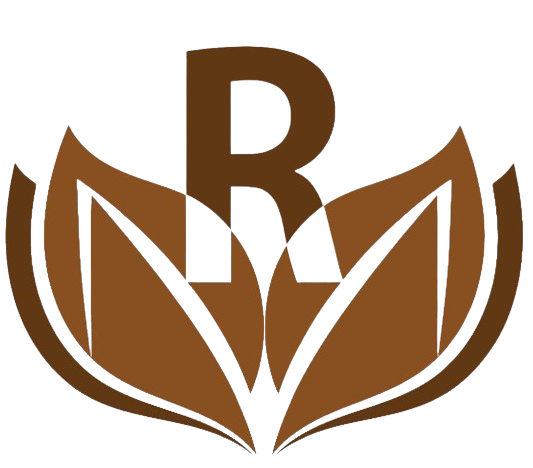Purpose
A Protocol and Etiquette course is designed to teach individuals the customs, manners, and social norms that are expected in various professional and social settings. The course may cover a wide range of topics, including business etiquette, dining etiquette, cultural protocol, diplomatic protocol, and event protocol. It may also focus on specific situations such as communication styles, networking, and meeting conduct. The course aims to provide students with the knowledge and skills needed to navigate various professional and social situations with confidence and grace, and help them to make positive impressions in both personal and professional settings. The course may be targeted at professionals, business people, or anyone who wants to improve their social skills and polish their image. The course may be delivered through lectures, workshops, and interactive activities, such as role-playing and case studies.
CourseObjectives
The objectives of a Protocol and Etiquette course may include:
- Understanding the customs, manners, and social norms that are expected in various professional and social settings.
- Developing the ability to navigate various professional and social situations with confidence and grace.
- Understanding and applying business etiquette, including appropriate communication styles, networking, and meeting conduct.
- Understanding and applying dining etiquette, including table manners, host/guest protocol, and toasting etiquette.
- Understanding cultural protocol, including customs and manners that are specific to different cultures, and how to interact with individuals from different cultures.
- Understanding diplomatic protocol, including the customs and manners that are specific to diplomatic and government settings.
- Understanding event protocol, including the customs and manners that are specific to different types of events, such as weddings, funerals, and official events.
- Developing the ability to make positive impressions in both personal and professional settings.
- Improving communication skills, such as active listening, questioning, and persuading, which are critical in professional and social settings.
- Understanding the importance of personal branding and image management in professional and social settings.
- Applying the knowledge and skills acquired in the course to real-world situations and projects.
- Developing an understanding of how to navigate virtual interactions and applying etiquette to virtual communication platforms.
The above-mentioned objectives are general guidelines and may vary depending on the course and the institution offering it. Some institutions may also add or remove objectives depending on their requirements and the level of the course.
ÂTargetAudience
The target audience for a Protocol and Etiquette course can include:
- Students pursuing a degree in business, management, hospitality, or a related field.
- Professionals already working in fields such as business, sales, marketing, or management, who want to improve their professional image and conduct.
- Entrepreneurs and small business owners who want to improve their professional image and conduct.
- Diplomats and government officials who are required to interact with individuals from different cultures and backgrounds.
- Individuals who are involved in event planning and want to learn how to plan and execute events with proper protocol and etiquette.
- Professionals who are looking to transition into a career that requires protocol and etiquette, such as public relations or diplomacy.
- Individuals who are looking to improve their social skills for personal reasons, such as meeting new people, dating or attending social events.
- Anyone who wants to improve their professional image and conduct.
The course may be designed for a specific level of experience like for Entry-level, mid-level or senior-level professionals, or for a specific industry, such as healthcare, technology, or government.
Course Outline
A detailed course outline for a Protocol and Etiquette course may include the following topics:
- Introduction to Protocol and Etiquette: Definition and scope of protocol and etiquette, the importance of protocol and etiquette in professional and social settings, and the different types of protocol and etiquette.
- Business Protocol and Etiquette: Understanding and applying business etiquette, including appropriate communication styles, networking, meeting conduct, and email and phone etiquette.
- Dining Protocol and Etiquette: Understanding and applying dining etiquette, including table manners, host/guest protocol, and toasting etiquette.
- Cultural Protocol: Understanding cultural protocol, including customs and manners that are specific to different cultures, and how to interact with individuals from different cultures.
- Diplomatic Protocol: Understanding diplomatic protocol, including the customs and manners that are specific to diplomatic and government settings.
- Event Protocol: Understanding event protocol, including the customs and manners that are specific to different types of events, such as weddings, funerals, and official events.
- Personal Branding and Image Management: Understanding the importance of personal branding and image management in professional and social settings.
- Communication Skills: Improving communication skills, such as active listening, questioning, and persuading, which are critical in professional and social settings.
- Virtual Interactions: Understanding how to navigate virtual interactions and applying etiquette to virtual communication platforms.
- Case studies and Role-playing: Applying the knowledge and skills acquired in the course to real-world situations and projects through case studies and role-playing.
- International Protocol and Etiquette: Understanding the customs and manners of different countries and how to interact with individuals from different countries.
- Specialized Protocols: Understanding specialized protocols such as protocol in government, military, and religious settings.
